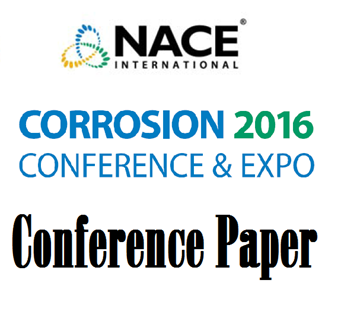Search
51316-7375-Premature Failure of Access Fittings Installed on High Pressure Effluent Water Lines Due to Microbiologically Induced Corrosion
Also Purchased
51316-7367- Premature Failure of Access Fittings Installed on High Pressure Effluent Water Lines Due to Microbiologically Induced Corrosion
Product Number:
51316-7367-SG
ISBN:
7367 2016 CP
Publication Date:
2016
$20.00
51316-7388-A Biosensor for Sulfide Detection and Microbiologically Influenced Corrosion Monitoring
Product Number:
51316-7388-SG
ISBN:
7388 2016 CP
Publication Date:
2016
$20.00
51316-7391-Corrosion of Metallic Materials in Oxidizing and Reducing Gases Relevant to Oxyfuel Combustion
Product Number:
51316-7391-SG
ISBN:
7391 2016 CP
Publication Date:
2016
$20.00




